A recent international news on Bangladesh was presented in a very positive light - the world's largest clinical trial of a cheap oral cholera vaccine will be conducted in Dhaka, which can save tens of thousands of lives every year. The reports do not contain much except that the study involves nearly 250,000 people near the capital. This will be a cheap alternative to the currently available vaccines and two-thirds of the 250,000 people involved in the trial will receive two doses of the Indian-made vaccine and the rest will receive a placebo.
![cholera hospital [640x480]](http://globalvoicesonline.org/wp-content/uploads/2011/02/cholera-hospital-640x480.jpg)
A cholera hospital in Bangladesh. Image by Flickr user Mark Knobil. CC BY
Blogger Judhisthir followed [bn] the news and was surprised that the local media was silent on this issue:
So the question comes why is this silence? Judhisthir finds out some stunning facts:
And these raise more questions:
Jason Kerwin at Methodlogical points out:
S. M. Mahbub Morhsed, a commenter in Judhisthir's post says:
Another commenter Safi says:
Now the big question is who will answer the above questions.
Also Published in Global Voices Online.
![cholera hospital [640x480]](http://globalvoicesonline.org/wp-content/uploads/2011/02/cholera-hospital-640x480.jpg)
A cholera hospital in Bangladesh. Image by Flickr user Mark Knobil. CC BY
Blogger Judhisthir followed [bn] the news and was surprised that the local media was silent on this issue:
একমাত্র প্রথম আলো ছাড়া আর কোন পত্রিকায় এটির কোন খবর খুঁজে পেলাম না, প্রথম আলোতেও পাওয়া গেলো ১৮ই ফেব্রুয়ারির পত্রিকায়, অর্থাৎ কর্মসূচি শুরু হবার একদিন পরে, তাও তৃতীয় পৃষ্ঠার এক কোনায়। উপরের লিঙ্কগুলো খেয়াল করলে দেখবেন বিদেশি সংবাদ মাধ্যমগুলো এ খবরটি দিয়েছে একদিন আগে বা ঘটনার দিনে। স্বাস্থ্য মন্ত্রণালয়ের ওয়েব সাইটে কিছু পাওয়া গেলো না, সেটা আসলে আশা করাও উচিৎ হয় নি।
Except for Prothom Alo, I did not find the report in any other newspaper. In Prothom Alo they published the news after one day of the launch (18th February, 2011) and it was placed in one corner of the 3rd page. If you follow the above links you will notice that international media covered the news on the day of launch or before. I did not find anything in the health ministry website, of course I should not have expected that.
So the question comes why is this silence? Judhisthir finds out some stunning facts:
২.১. ভ্যাকসিনটার নাম হলো ShanChol। নির্মাতা ভারতের Shantha Biotechnics, যেটি ফ্রান্সের Sanofi Aventis-এর একটি প্রতিষ্ঠান।
2.1. The name of the vaccine is ShanChol, made by Shantha Biotechnics of India, a subsidiary of Sanofi Aventis.
২.২. ভারতের স্বাস্থ্য বিভাগ এটি অনুমোদন করছে,কিন্তু বিশ্ব সাস্থ্য সংস্থা (WHO) এখনও করে নি। চিন্তার বিষয় হলো, ভারত সরকার ভ্যাকসিনটি ব্যবহারের অনুমোদন দিলেও জাতীয় পর্যায়ে বিশাল আকারের কোন কর্মসূচী নেয়ার কোন পরিকল্পনা তারা অনুমোদন করেনি।
2.2. The health authority of India approved it, but it was not approved by WHO. The worry is that the Indian government has approved the use of the vaccine but did not approve plans to conduct national campaigns with it.
২.৫. ShanChol এর প্রাথমিক ডোজের কার্যকারিতা বছর দুয়েকের মধ্যে অনেক কমে যায়, এবং তখন বুস্টার ডোজ দেয়া জরুরি। [..] প্রশ্ন থাকে বাংলাদেশের মত তথ্য অব্যবস্থাপনা আর স্বাস্থ্য অসচেতনতার দেশে এই বুস্টার ডোজটি নিশ্চিত করা কতটুকু সম্ভব সেটি নিয়ে।
The effectiveness of ShanChol reduces much within 2 years, then a booster dose is required. In a country like Bangladesh where information is poorly managed and people are not aware about health issues, how can the booster doses be ensured, the question remains.
And these raise more questions:
৩.১. প্রথম প্রশ্ন, ভারতীয় কম্প্যানীর তৈরী ভ্যাকসিনটির ব্যাপক আকারের ট্রায়াল ভারতে হলো না কেন? ভারতের তৈরি টীকা বাংলাদেশে পরীক্ষা করাটা শুনতে ভালো লাগে না, যখন ভারত নিজেই এই পরীক্ষা করতে চায় না। ভারত কিন্তু কলেরামুক্ত কোনো দেশ নয় যে তাদের এই পরীক্ষা করার দরকার নেই।
3.1. First question, why this significant trial of an Indian pharmaceutical company was not carried within India? It doesn't sound good that an Indian vaccine is being trialed in Bangladesh, when India refused to test this in its soil. Is India a Cholera free country that it doesn't need such trial?
৩.৩. দেশের সংবাদ মাধ্যমে আর জড়িত প্রতিষ্ঠানগুলোর ওয়েবসাইটে এই বিষয়টি প্রকাশ না করাটাও বেশ বিরক্তিকর। এটা কি বাংলাদেশি মিডিয়ার উদাসীনতা? নাকি এটা ইচ্ছে করে গোপন রাখা হয়েছে?
3.3. This is really irritating that the newspaper reports and the websites had a news blackout. Is this negligence of the Bangladeshi media? Or it was willingly suppressed?
৩.৫. ভ্যাকসিন ট্রায়াল নিয়ে সারা পৃথিবীতে কেলেংকারি কম হয় নি। বিশেষ করে প্ল্যাসিবোর ব্যবহার নিয়ে সবসময়ই বিতর্ক আছে। তবে আজকাল মানুষকে সাবজেক্ট হিসাবে ব্যবহার করা হলে ন্যুনতম কিছু নীতিমালা পালন করা হয়। সাবজেক্টের কাছ থেকে সজ্ঞান অনুমতি নিতে হয়। [..] প্রশ্ন হলো, ভ্যাকসিন ট্রায়ালের ক্ষেত্রে এরকম এথিকস কতটুকু অনুসরণ করা হচ্ছে? মীরপুরবাসীরা কি জানেন তারা একটি পরীক্ষার সাবজেক্ট? যে ৮০ হাজার লোক প্ল্যাসিবো পাবেন, তারা কি জানবেন যে তারা কনট্রোল গ্রুপের সাবজেক্ট মাত্র? নাকি আমাদের দেশের সরকার আর অন্য দেশের ভ্যাকসিন নির্মাতারা আমাদের ভালোটা আমাদের চেয়ে ভালো বোঝেন, তাই এসব খবর মীরপুরবাসীদের না জানানোই ভালো?
3.5. There were many controversies in the world regarding vaccine trial. Especially the use of placebo always ushers in debates. Now-a-days a guideline is followed whenever a human subject is used. The subject has to approve this in sane mind. [..] The big question is what guidelines are being followed for the vaccine trial (in Dhaka)? Whether the residents of Mirpur know that they are subject to a trial? Those 80000 people who will receive only placebo, will they ever know that they are the subject of a control group? Or whether the government and the foreign pharmaceutical knows better, so the Mirpur residents need not know?
Jason Kerwin at Methodlogical points out:
Basically, most vaccines have to stay cold so bacteria and other microbes don’t grow in them. To stay cool (and safe) from the factory to the patient, vaccines require an effective cold chain.
This isn’t a problem in most of the U.S., where vaccines are shipped cold from the factory, in refrigerated containers, and kept cool at clinics and hospitals. But it may be a challenge in places in like Bangladesh where infrastructure is not as developed. The result is either spoiled vaccines or vaccines that don’t make it to rural, isolated populations.
S. M. Mahbub Morhsed, a commenter in Judhisthir's post says:
আমেরিকায় একটি নতুন ঔষুধ ডেভলপ করতে এক বিলিয়ন ডলারের মত খরচা পড়ে। স্বভাবতই তাই এরা গিয়ে ভারতের মত জায়গায় ঔষুধ ডেভলপ করছে। এবং বাংলাদেশকে বেছে নেয়া হয়েছে গিনিপিগ হিসেবে।
In USA, development of a new drug will cost one Billion dollar. Naturally they went to a place like India to develop the medicine. And Bangladesh has been selected as a guinea-pig.
Another commenter Safi says:
নাগরিক অধিকার বা মানবাধিকার জাতীয় শব্দগুলো আমাদের জন্য প্রযোজ্য না
The terms like Citizens Rights or Human Rights are not applicable to us.
Now the big question is who will answer the above questions.
Also Published in Global Voices Online.

















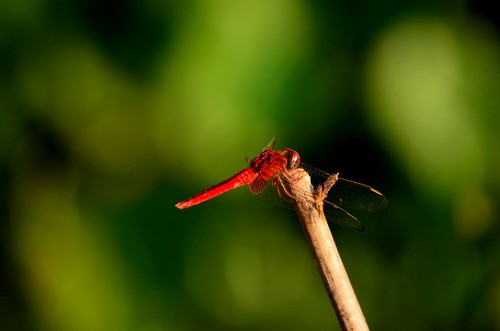
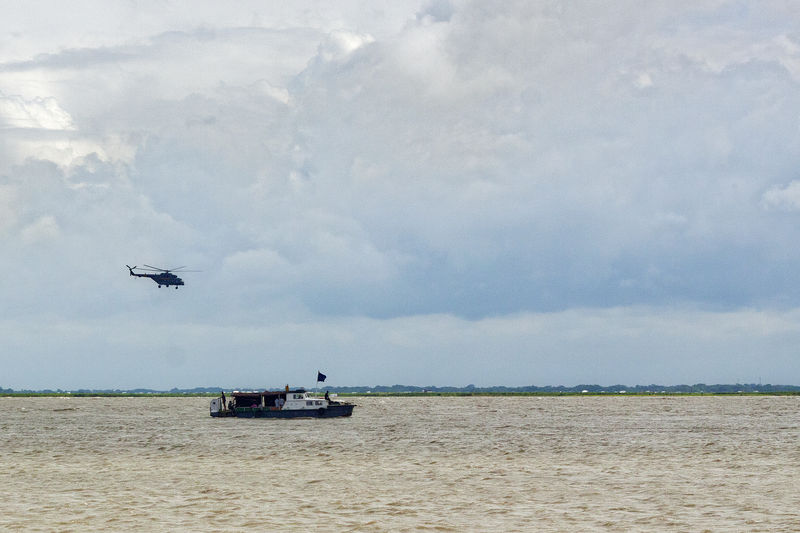

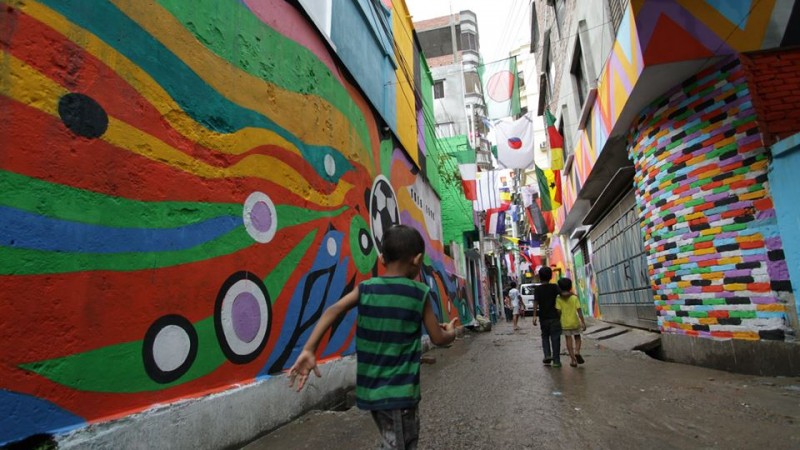














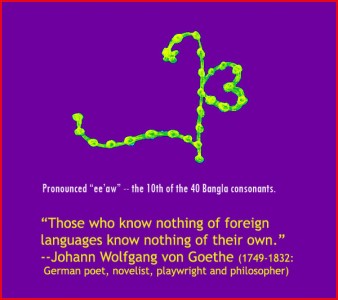


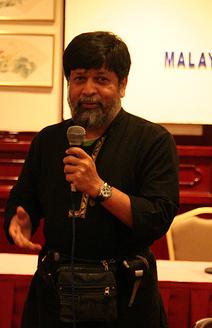


![577407 [640x480]](http://globalvoicesonline.org/wp-content/uploads/2011/02/577407-640x480.jpg)






